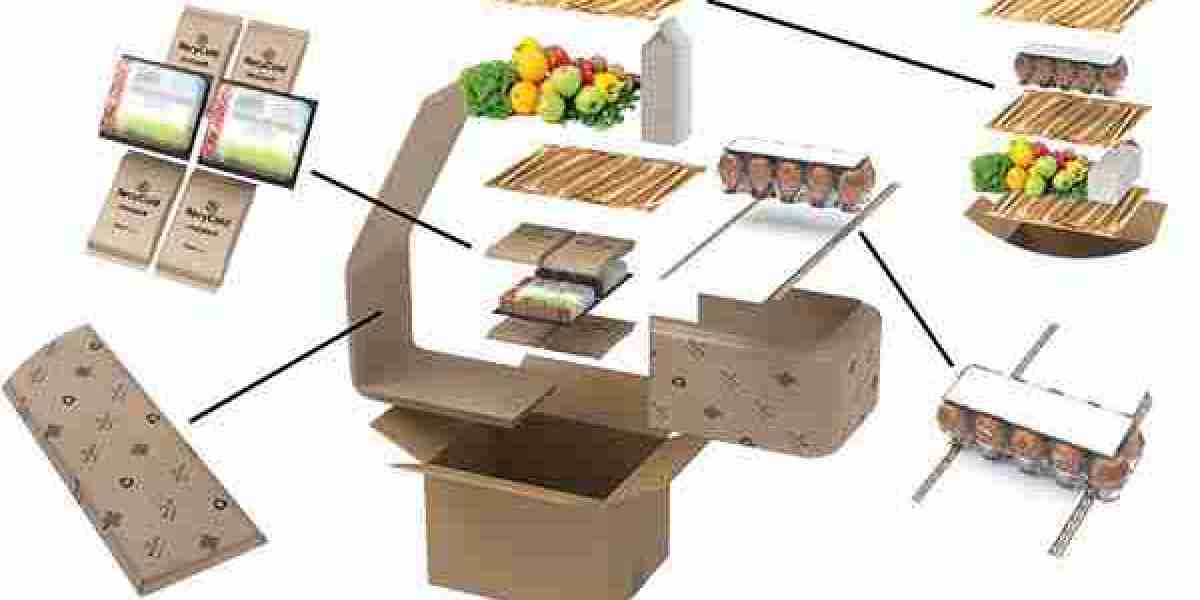The global caps and closures market is undergoing a notable transformation, spurred by the rapid growth of e-commerce and increasing demand for extended shelf-life packaging. As online retailing reshapes consumer expectations and distribution logistics, packaging components—especially caps and closures—are becoming essential in preserving product integrity, enhancing user convenience, and supporting sustainability goals. In this evolving landscape, manufacturers are investing in durable, functional, and customizable closure systems that cater to both shelf-stable requirements and the rigors of direct-to-consumer shipping.
Market Outlook
According to industry estimates, the global caps and closures market was valued at approximately USD 77 billion in 2024 and is projected to surpass USD 125 billion by 2032, growing at a CAGR of 6–7%. This growth is being driven by a confluence of factors, including:
- The surge in e-commerce across diverse product categories
- Increasing consumer preference for convenience and hygienic packaging
- Advancements in materials and barrier technologies
- Rising need for tamper-proof and sustainable packaging solutions
With demand growing across industries such as food and beverages, pharmaceuticals, cosmetics, and homecare, caps and closures are becoming critical to packaging innovation and product lifecycle performance.
E-Commerce: Redefining Packaging Standards
E-commerce has redefined how products are transported, stored, and consumed. Products now pass through longer and more complex supply chains, requiring packaging that withstands physical stress, temperature fluctuations, and moisture exposure. As a result, caps and closures have had to evolve to offer enhanced durability, leak resistance, and tamper evidence.
- Leak-proof closures are vital for liquid-based products such as beverages, personal care liquids, and cleaning supplies that are shipped directly to consumers.
- Tamper-evident seals provide assurance of product safety and authenticity, which is especially important for food and pharmaceutical products sold online.
- User-friendly features like flip-tops, pump dispensers, and twist locks improve the unboxing and usage experience, contributing to consumer satisfaction in e-commerce purchases.
The demand for closures that maintain product integrity from factory to front door is leading to new design formats that combine strength, aesthetics, and convenience.
Extended Shelf Life: A Priority for Modern Consumers
The need for extended shelf life has intensified due to changes in consumer behavior, especially post-pandemic. More people are purchasing products in bulk, storing them for longer periods, and seeking options that require minimal refrigeration. This trend is prominent across packaged foods, pharmaceuticals, and even beauty products.
To meet these expectations, closure systems must provide:
- Superior barrier protection against oxygen, moisture, and contaminants
- Secure seals that prevent microbial ingress or chemical degradation
- Airtight features that preserve freshness and prolong usability
Closures for powdered milk, nutritional supplements, carbonated beverages, and prescription medications are now being designed with multi-layer liners, foil seals, and integrated desiccants to maximize shelf life and maintain product efficacy.
Material Innovation and Sustainability
Material science plays a crucial role in shaping the future of caps and closures. Traditional materials like high-density polyethylene (HDPE) and polypropylene (PP) remain popular due to their cost-effectiveness and performance. However, sustainability concerns are driving a shift toward:
- Mono-material designs that improve recyclability
- Bio-based plastics derived from renewable sources like sugarcane and corn
- PCR (Post-Consumer Recycled) resins that support circular economy goals
Lightweight closures made from recyclable polymers help reduce environmental impact while maintaining functional performance. Furthermore, tethered caps, now mandated in Europe for beverage bottles, are prompting brands to redesign closures in ways that reduce plastic waste and improve collection rates.
Key End-Use Sectors
- Food and Beverages
This sector represents the largest share of the caps and closures market. Closures are vital in protecting freshness, flavor, and safety. Innovations include sports caps, snap-on lids, and oxygen-scavenging seals. E-commerce grocery and ready-to-drink beverages are fueling demand for durable, resealable closures. - Pharmaceuticals
Online pharmacies and D2C wellness brands require closures that offer child resistance, tamper evidence, and barrier protection. Caps with integrated dosing systems or droppers are gaining popularity for syrups, eye drops, and nutraceuticals. - Cosmetics and Personal Care
The sector demands both aesthetic and functional innovations. Custom-colored lids, airless pumps, and one-handed dispensing mechanisms cater to consumer expectations while ensuring product preservation. - Home and Industrial Chemicals
Closure systems must withstand aggressive chemicals, maintain user safety, and prevent leaks. Designs include trigger sprayers, child-lock caps, and twist-and-pour closures.
Regional Trends
- North America and Europe lead in adopting sustainable materials and smart closures, supported by regulatory mandates and environmentally conscious consumers.
- Asia-Pacific is the fastest-growing region due to urbanization, rising disposable incomes, and rapid e-commerce growth in countries like India and China.
- Latin America and Africa are emerging markets where the focus is on cost-effective, functional closures that withstand distribution challenges and provide longer shelf life in high-temperature climates.
Leading Companies and Innovation Trends
Major players in the global caps and closures market include:
- AptarGroup Inc.
- Berry Global Inc.
- Silgan Holdings
- Guala Closures
- Bericap GmbH
These companies are investing in automated production, digital printing technologies, and R&D for recyclable solutions. Partnerships with consumer brands to co-develop closures tailored for specific product lines are also on the rise.
Conclusion
The convergence of e-commerce dynamics and the need for extended shelf-life packaging is transforming the caps and closures market. No longer just a functional accessory, closures are now a strategic component of product protection, branding, and sustainability. Manufacturers that prioritize innovation, durability, and consumer-centric design are well-positioned to capitalize on emerging trends in both digital and physical retail ecosystems.




